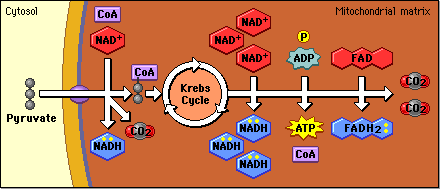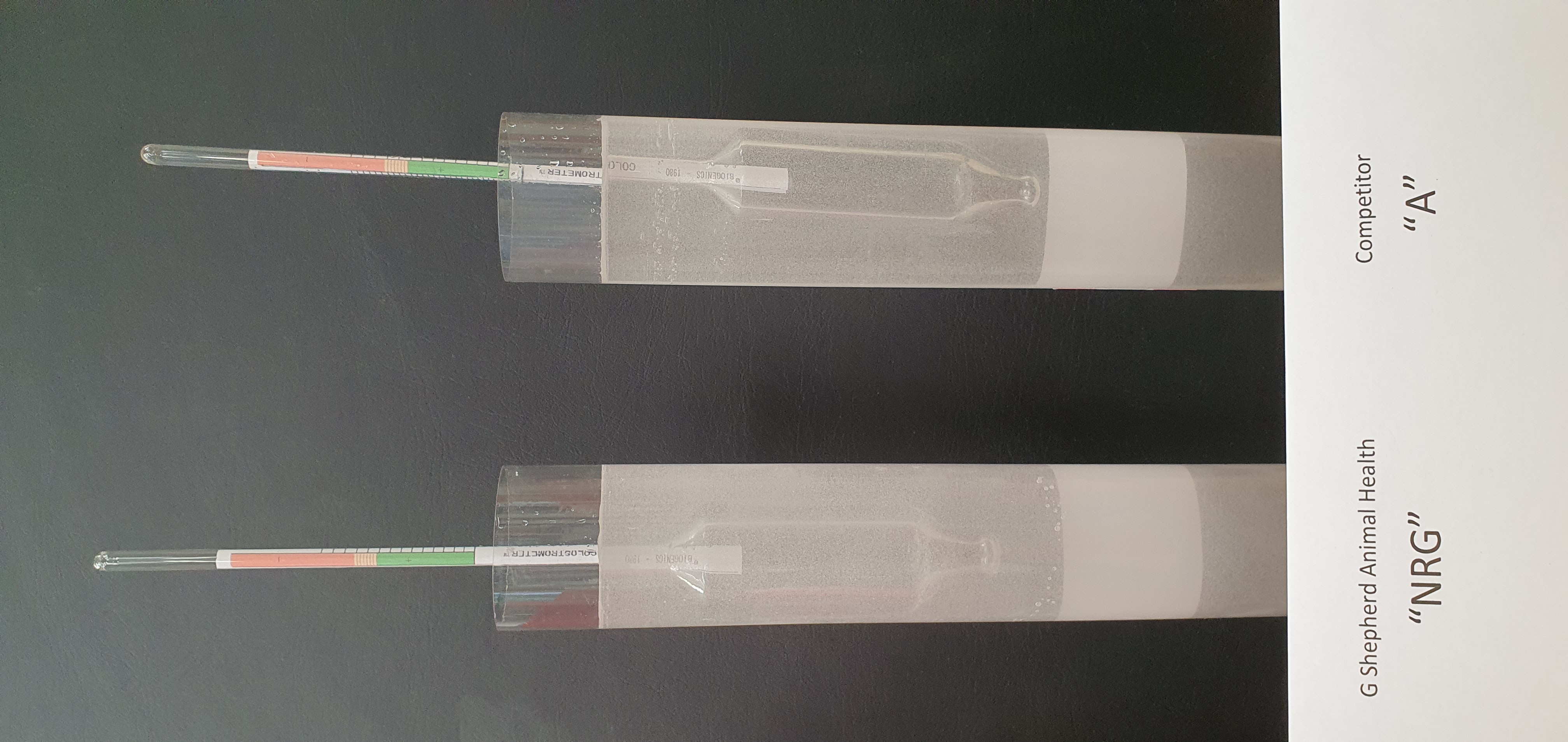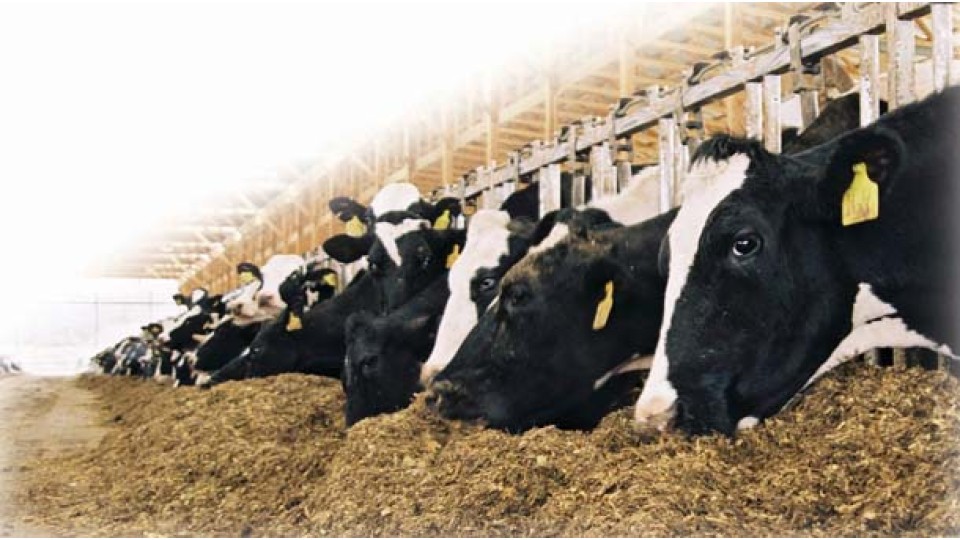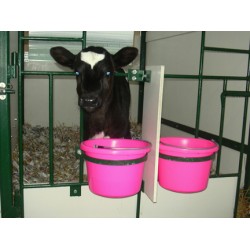Cows on a Bike!
Quick reason for this comment is that a high yielding dairy cow burns energy as fast as a Tour de France cyclist!

After Air and Water, energy is extremely important to the cow. There’s so many things to get right in cow feeding, but firstly ensure the big things are provided for:-
- Air- can you breathe it at cow level?
- Water – would you drink it?
- Energy – not just on the nutritionists’ slick, finger swiping ipad, but actually in the cows!
- Calcium – previous article https://www.gshepherdanimalhealth.co.uk/latest-news/general-news/calcium-how-it-works-what-it-actually-does
- Phosphorus = Energy at the cellular level – previous article https://www.gshepherdanimalhealth.co.uk/latest-news/general-news/phosphorus-how-it-works-what-it-actually-does
-------------------
I’m not trying to teach “Grandma to suck eggs” but just discussing some important factors with a big influence on animal health.
I can remember the cows’ energy needs being explained to me as a comparison with a Tour de France cyclist.
High yielding dairy cows obviously need energy for Maintenance just to exist, eat, drink and walk around.
On top of that, energy for Production for say 42 litres of milk a day is 3 x maintenance.
This is apparently the same as cycling in the Tour de France! “3:1”
Most dairy cows will “milk off their backs” at peak lactation , but some cows take it to an extreme due to their genetic programming.
So, there is normally not enough energy to support the peak milk output, and the cow fills this “energy gap” by using some fat reserves and breaking down some muscle. If things are right, this system works.
When does this go wrong and become excessive ?
- Low Intake of food, due to many factors e.g. lack of feeding space or time to feed.
- Low appetite, again- many factors e.g. SARA
- Low energy forages, so its difficult to make a good ration and still be “rumen friendly”
- Ration too low in ME e.g. formulated wrong, mixed wrong,
- Poor balance of energy to protein so the rumen bugs aren’t fed properly
- Fatty liver from previous management issues
- Poor processing of the energy due to mineral imbalances- Calcium, Phosphorus, Copper, Cobalt
What problems result;-
- Excessive loss of fat and muscle- lack of “cow power”, lack of vigour
- Reproduction stops
- Lameness due to no fat cushion in the foot
- Ketosis or Slow fever due to upset Krebs Cycle
- Poor immunity
- Basically, all sorts of problems, off feed cows, more infections; a proper muddle.
So, what can be done? :-
- Start with late lactation cows and dry cows. Get the Body Condition and rumen preparation sorted here.
- Take advice from your Vet & Nutritionist. Ideally get them to talk to each other!
- Its all about INTAKE, INTAKE, INTAKE! Get your cows to eat lots of a properly balanced, properly mixed and well-presented ration.
- Sometimes this still is not enough, that’s why we fit Liquid feeders and manufacture “NRG Liquid Energy Feed”
- NRG provides very high energy , but being a liquid, does not substitute out other Dry Matter from the ration.
- It supports the Krebs Cycle.

- NRG is fed through Liquid Feeders that we fit to Robots, Out of Parlour Feeders and Rotary parlours. NRG can also be fed in the water or TMR to dry cows and high yielding groups
- Our trial work shows More Milk, More Milk Protein, More Pregnancies, Less Drugs
We do not believe in shipping water or empty space, just to make a product cheaper per drum!
Our IBCs of NRG are 1000L, not 1000kg, its actually 1108kg.
Some competitors sell in 1000kg, so you get 10% less.
Plus it can be more dilute- see this test : the hydrometer floats higher because it is more dense due to more energy rich ingredients






